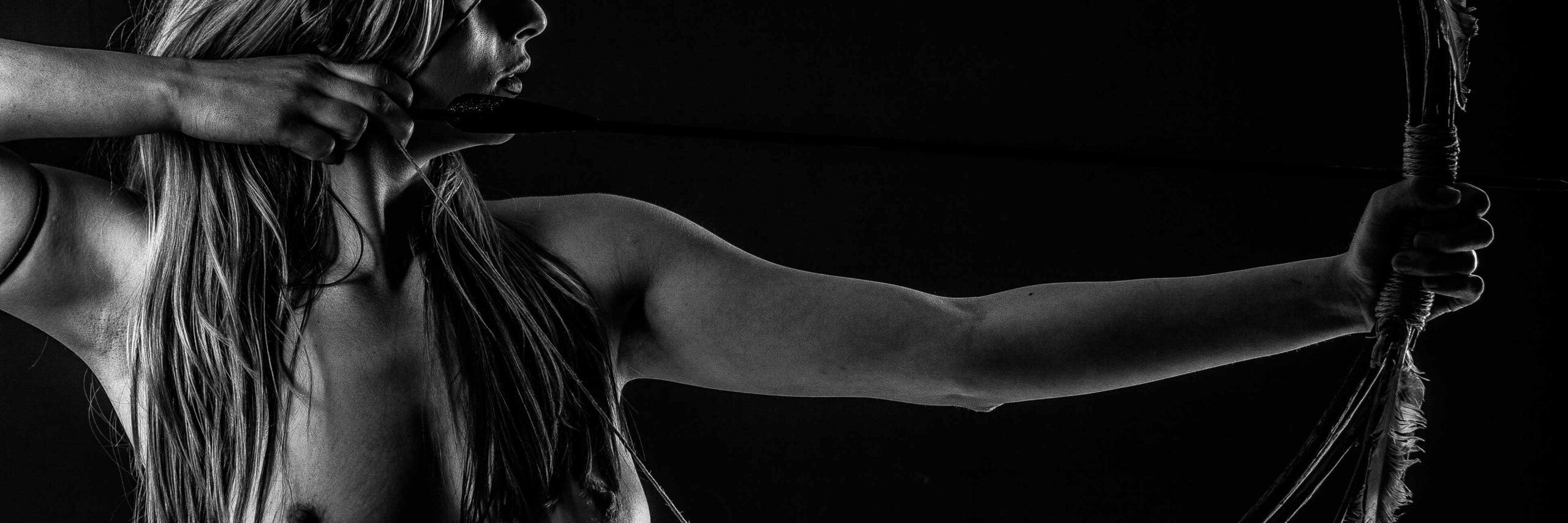Photographic Terminology (Nomenclature)
I get asked from time to time about understanding camera and photography nomenclature or terminology. A lot of magazine or website articles assume that a person reading has a basic understanding of what’s what.
Like with any subject, finding it too difficult to understand certain aspects, one can give up or consider themselves to ‘dumb’. From that, a person may think that because they are unable to render the photography as they want, they are just not artistic or smart enough.
What I’m going to start with applies to a camera that allows one to adjust various settings. The majority of these rules will not apply to your iPhone camera or some such.
I’ll try here to give you a few definitions at a time and show how these things interact, with some ideas and example on how to use, before going on to the next step.
Focus
First up, you have to focus on the point of interest in your picture.
Camera Buttons: With the majority of cameras you will focus by pressing down the shutter button* half way, then, when focused the way you want, press the shutter* fully to trigger.
I find this a pain because if I lift my finger and put it back, it will refocus on a point I don't want. There is something called ‘back-button’ focus on most cameras.
It is usually right where your right hand thumb would be when your finger is on the shutter button. Have a look in your manual or online for your camera model and see how you can adjust your settings to make this button do the focusing for you. Once set it may take a little getting used to but it will generally make your life much easier. Practice.
There will also be several settings as to how your camera will do the focusing when you are looking through the lens. Pick one system and work that for a while, at least until you get used to how to deal with Aperture and Speed, etc. One does not want too many unfamiliar moving parts when learning.
I suggest using some sort of centre weighted focus point for starters. Figure out how to set that up and just leave it. While using the back focus button looking through the lens, you focus on the point you want and then take your thumb off the button and move your camera so you have the image framed the way you want.
For example. A portrait. You want to focus on the eyes but don’t want the face centred in the overall image. Using back button focus, centre on the eyes and focus. Release that button, move the camera a bit to one side or the other so the person’s face is maybe one third of the way from one side, then press the shutter* button.
(*Shutter and shutter release button: When you press the shutter button is lifts a screen that now allows the light to strike the sensor or negative (in older cameras), creating the image.) Look at it like this: Sun outside a window with the blind closed. You open the blind and then close it really quickly. Allows the light to come in the room for an instant. The blind is the shutter in this case. If you were looking at the room for that split second, you would record the image of the room.
Aperture, Shutter Speed & ISO (International Organization for Standardization): Descriptions
These three things work together to allow the appropriate amount of light on to the sensor**.
Aperture: That’s how big the hole is that allows the light to hit the sensor. This will usually be adjusted on the camera on a dial near the shutter button. The bigger the hole the more light that enters. There are a series of numbers, usually about f22 to f1.4. There are lots in between and not all camera lenses have same range of openings. More on that part a bit later. It can be initially confusing because f22 is the smallest aperture (opening)! And f1.8 (or again on your camera lens it might be f3.5 or something slightly different) is the largest or most wide open. This is because they are calculated as fractions. The really should read like this: f 1/22, f 1/16, f 1/8, etc. Then you would more easily see that f22 is smaller in size that f8.
These images aren't exact proportions but just to give you a visual idea of how these numbers work with the sizes:
f22: ⭕ f16⭕ f8⭕ f5.6⭕ f1.2⭕
So, on a really bright sunny day, you might want use the f22 setting as it is a smaller size and allows less light in. In the evening you might want to use a more open aperture like f4.
Shutter Speed
This is fairly straight forward. The faster the shutter the less light. If you want to freeze motion, you would need a fast shutter speed, likely over 1/1000 second. If you want to show motion use a slow shutter speed. For example, you may have seen photos of a waterfall blurred from the moving water. The speed setting on the shutter for this might have been as long as one or two seconds to get that blur. With slower shutter speeds one might want to use a tripod to hold the camera perfectly steady. It is almost impossible to hold your camera steady enough when you are shooting at one or two seconds. You will almost always get a blur where you don’t want it.
Most cameras these days will go from a setting or several seconds (slow) to as high as 1/8000th of a second.
ISO: (International Organization for Standardization) This is a sensitivity setting for the sensor** on your camera.
Low sensitivity needs more light to register.
High sensitivity needs less light to register.
Most cameras these days have the lowest sensitivity at 100. Some go up to +50,000. These settings were originally developed for film. At a low sensitivity you would have lots of little dots of silver on a negative. These particles would react to the light. If there was plenty of light you could use a film like this as each dot was very small but there would be enough light register on that small dot or particle. A higher sensitivity film would have fewer and much larger dots. The larger dot would be needed to catch or register the light.
The first image here would be comparable to a low ISO (small dots) needing more light for each dot but giving a sharper image. The second image with the larger dots would need less light as they are bigger and can catch more of the light quickly.


The problem with this would be that the resulting image would be very grainy. You would be able to see the individual dots. Sometimes this can be aesthetically pleasing. But other times you might want the sharpness. This all works the same way with the sensor on your digital camera as it did earlier with film. The higher the sensitivity the grainier the image. The lower the sensitivity the sharper the image.
So, how do these three things work together to give you the image you want?
So each of these three settings can allow more or less light into the camera and onto the sensor to make the image.
So that we don’t have too many moving parts when trying to figure this out, let’s start with taking a photo outside on a reasonably bright day.
For this set your ISO (sensitivity) at 100.
Now, how do you decide what to set the Aperture and Speed?
Speed is fairly simple. A fast shutter speed will slow or stop motion if there is any. So, if you are taking a photo of, say, a landscape this setting should not matter as much.
But your Aperture setting might matter and here is why…
There is a thing called Depth of Field. Depth of Field means what is in focus in the image, between camera and infinity. Referred to as a narrow or wide depth of field.
The more open and wider your Aperture, the narrower your depth of field.
The smaller your Aperture, the wider the Depth of Field
For a narrow Depth of Field, you might use f1.4, f1.8, or even f3.5. Remember these are bigger numbers as they are actually fractions 1/1.4 or 1/3.5 (fractions).
You might want to use this setting if you were taking a photo of a person outside and wanted the background blurred. You would focus on the individual and have your Aperture set at f3.5. Gives you a narrow Depth of Field. So the person would be in focus but everything in front of and behind him or her would be somewhat out of focus. A narrow Depth of Field.
If you wanted everything in focus, you might use a setting of f16 or f22. That would make everything from a little way in front of the camera to infinity in sharp focus.
There is a setting on most cameras whereby you can use what is called Aperture Priority. So, this allows you to set the Aperture the way you want and the Speed would automatically adjust to allow the appropriate amount of light to get a decently exposed image.
You see that if you are shooting with a wide open Aperture, say f1.8, you are letting in a lot of light to your sensor. To make up for this you would have to make the speed faster to allow less light.
The reverse of this would be shooting with a small Aperture, say f16, allowing much less light to get everything really sharp. You would then have to shoot at a slower speed allowing more light that way to compensate.
So, you jockey these two things back and forth to get the type of image you want. Artistically.
One can use automatic settings on the camera, or ‘Aperture priority’ or ‘Speed priority’ but I suggest going full manual. This will force you to learn how these things work together.  You will likely make mistakes. Part of learning.
You will likely make mistakes. Part of learning.
So, alternately, if you are concerned with slowing or stopping motion, or if you want to actually show the motion of something, like a mountain stream, then set the speed that you want and adjust the Aperture to allow the right amount of light.
There is another important term here: That term is the word: Stop or F-Stop.
‘Stop’ or F-Stop is the opening or closing of the Aperture one increment. Or stepping the Speed up or down one increment.
For example, if you want ‘X’ amount of light and your Aperture is f8 and your Speed is 1/250 of a second. If you closed down your Aperture one ‘stop’ to f11 (less light), you would then need to reduce your Speed (increase light) one ‘stop’ to maintain the same exposure.
F-stops: f1.4, f2.8, f4, f5.6, f8, f16, f22
Shutter speeds: 1/1000second, 1/500s, 1/250s, 1/125s, 1/60s, 1/30s, 1/15s, 1/8s, 1/4s
So, f1.4 Aperture pair with 1/1000 second would allow the same amount of light as:
f2.8 with 1/500 second. Here are two photos.
The portrait on the left has a shallower depth of field. You can see that the background is somewhat blurred. The landscape photo on the right is in focus from close to the camera through the water to the sky.
**Sensor: that’s the little rectangular or square bit where you camera records the image.
Practice
Before you do anything else, practice this drill:[read more]
Outside. Shoot the same photo from the same distance with each of these settings.
Ideally, pick something 7-10 feet away with a background much farther. Focus on the near item.
Start with ISO set at 100.
Set your Aperture wide open. This would be the the smallest number (largest fraction). Could be f3.5, f1.8 or something like that.
Adjust your Speed so that you get a natural looking well lit image: maybe 1/1000 or 1/500 second.
Take a photo.
Next, close down your Aperture one stop. So that would be, for example, from f2.8 to f4. So you are making one stop less light. To compensate, move your shutter speed one stop. Say for example you started at 1/500s, then you would adjust it to 1/250s.
Take another photo.
Go through this until you have the smallest Aperture for your camera compensating each step of the way making the Shutter Speed slower each time by one stop.
Once done, load your photos onto your computer so you can take a proper look. Compare them paying particular attention to first and last. There you should see a the most dramatic difference in Depth of Field.[/read]
Headshots and Portraits starting at $150: Contact
Some information on lighting techniques
#aperture #shutterspeed #iso #photographybasics
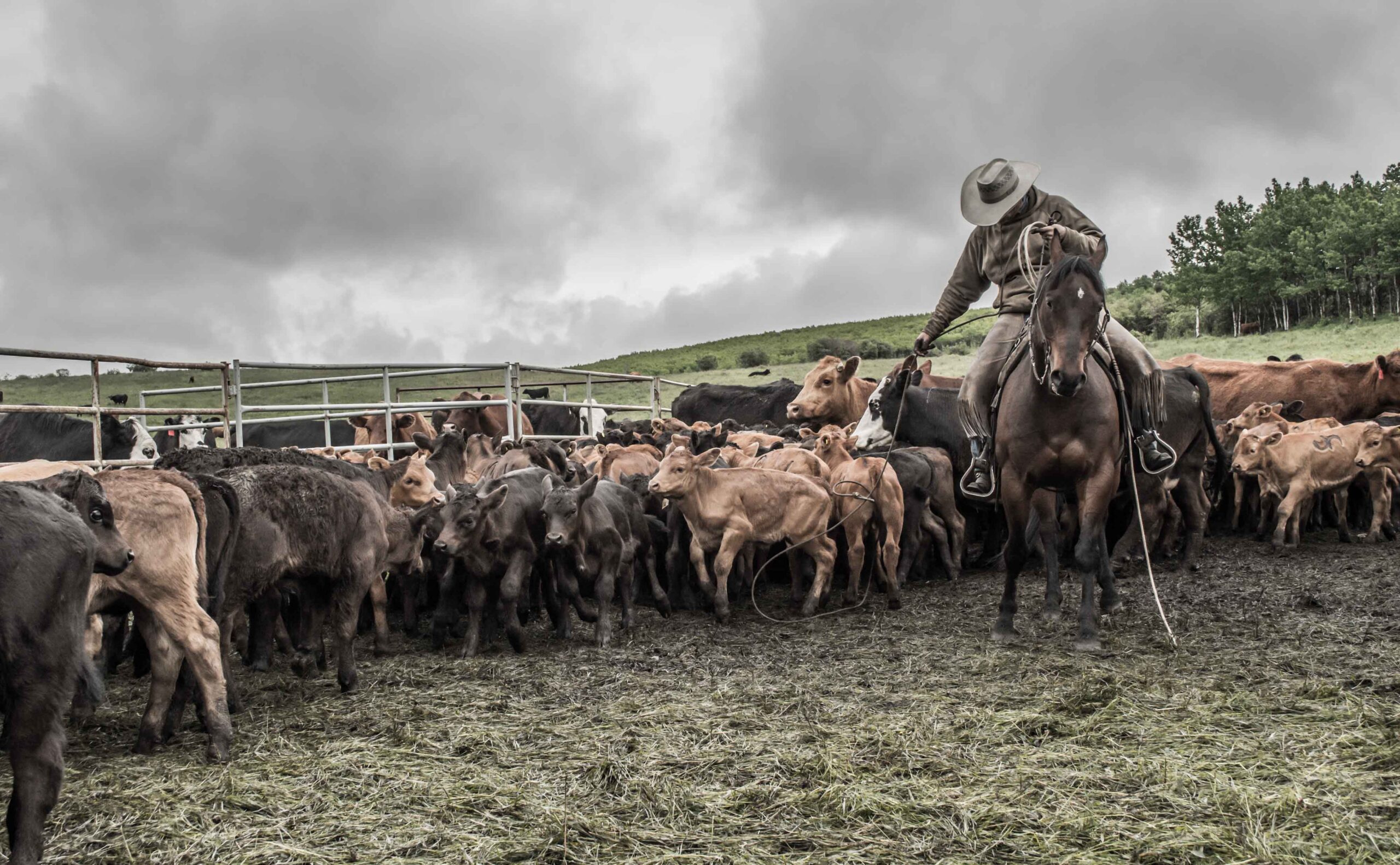
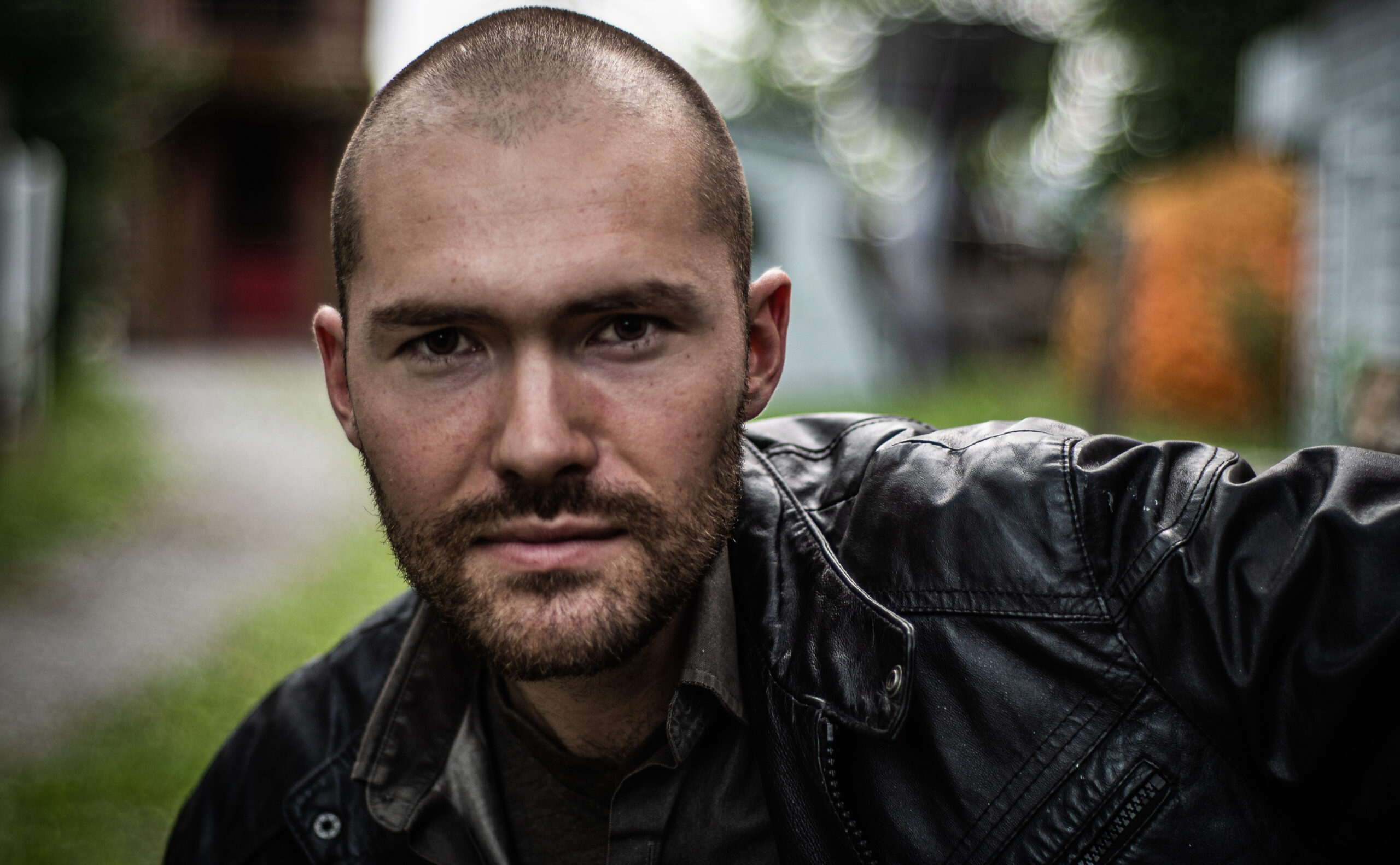




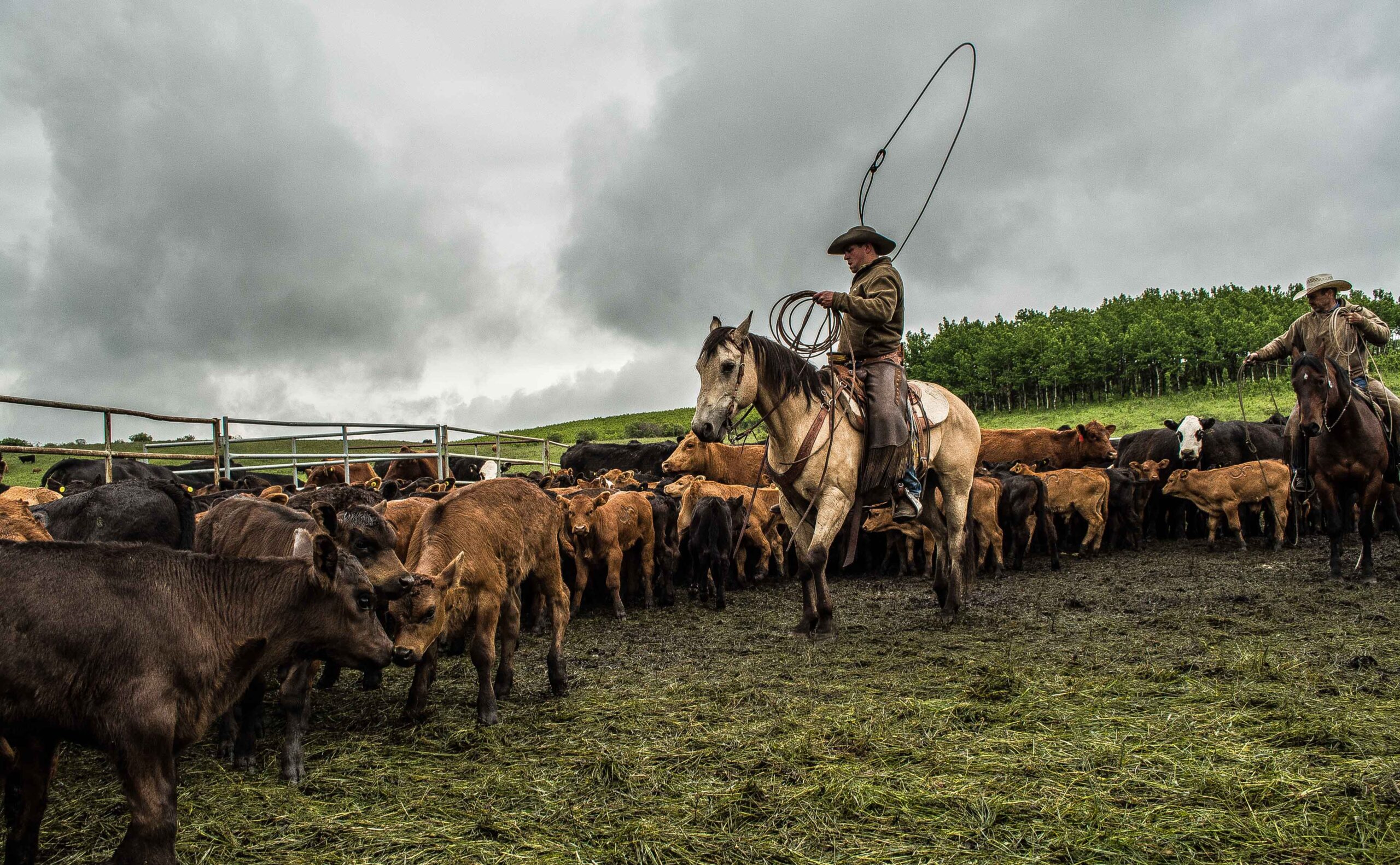

 So, too, do visual artists have technologies or rules they can follow to help make them more competent.
So, too, do visual artists have technologies or rules they can follow to help make them more competent.
 what you want take a couple of both and mess with the images later in the darkroom.
what you want take a couple of both and mess with the images later in the darkroom.

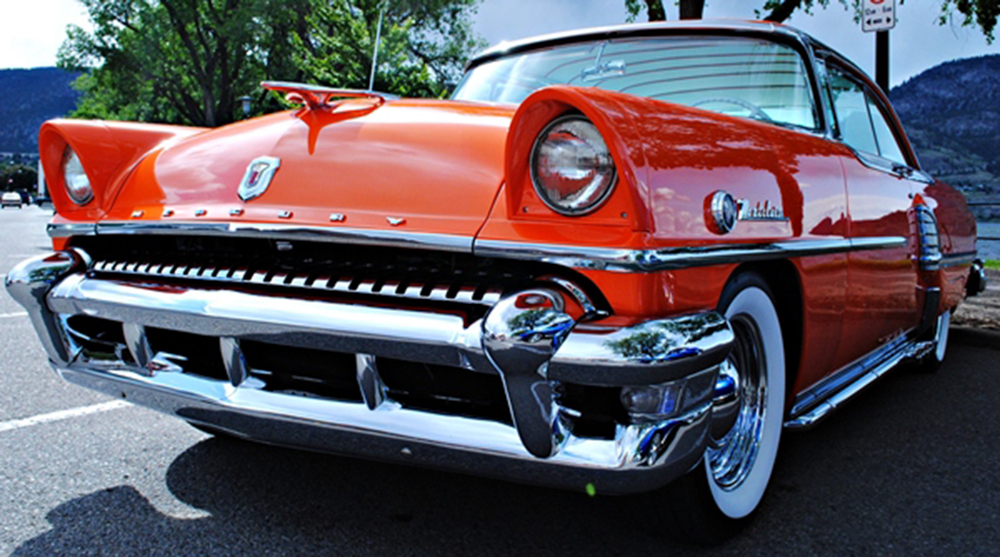
 her very talented friends threw a going away party for her.
her very talented friends threw a going away party for her. photos of flowers in the back yard, you didn’t want the neighbour’s laundry hanging in the background.
photos of flowers in the back yard, you didn’t want the neighbour’s laundry hanging in the background. otherwise bland image.
otherwise bland image. relaxed visage and smiles will be more forthcoming.
relaxed visage and smiles will be more forthcoming.